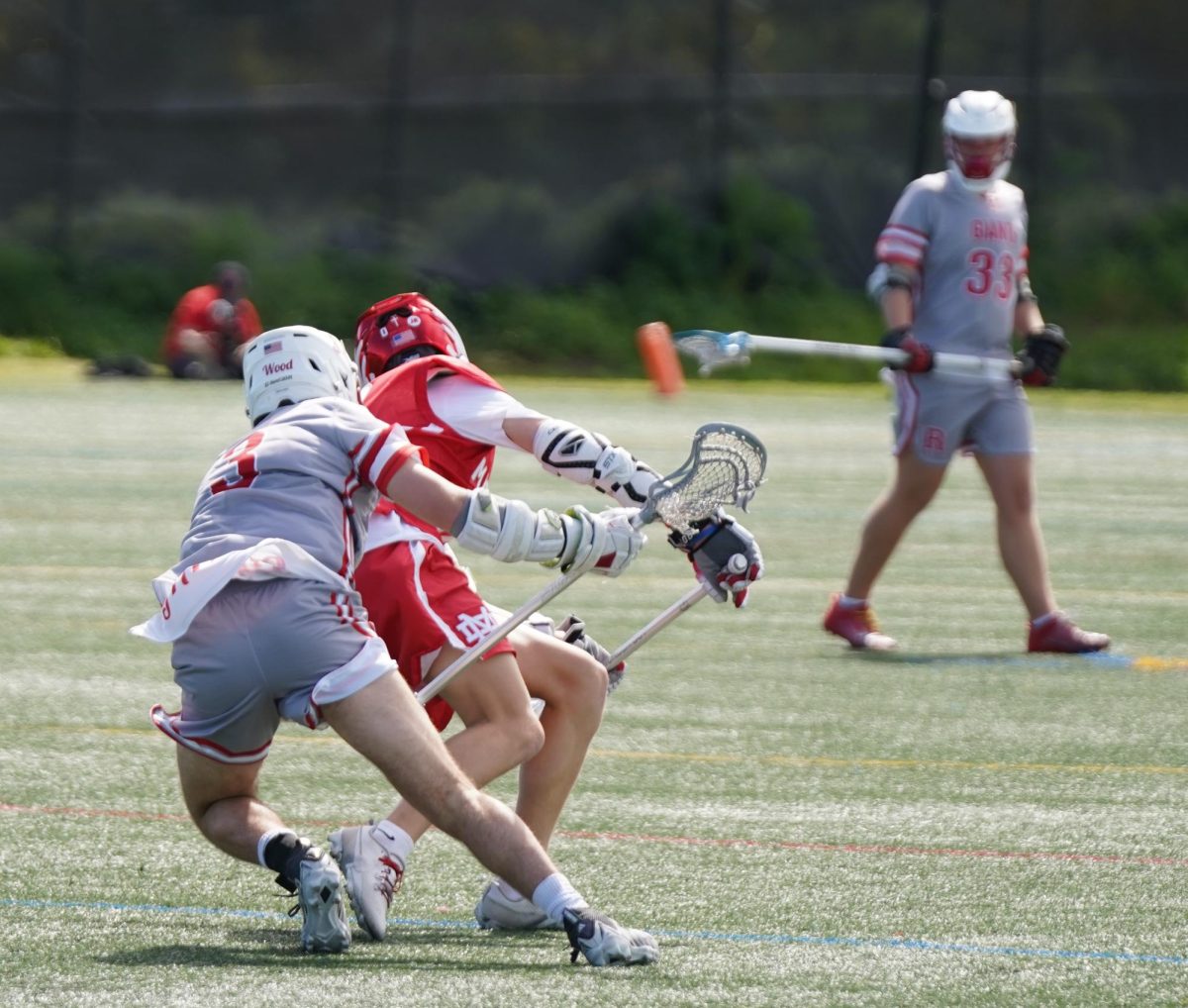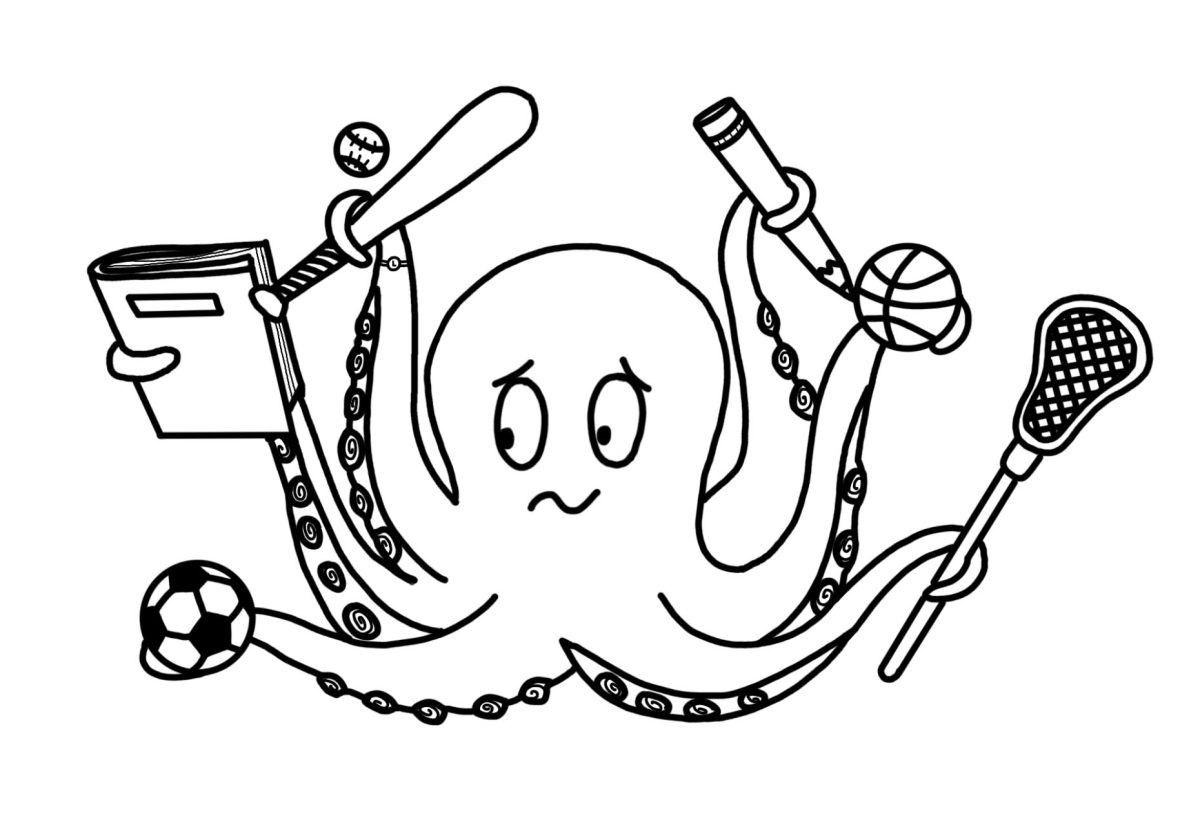On Dec. 28, 17-year-old Leelah Alcorn from Ohio made national headlines after committing suicide.
Alcorn, born male, came out to her family as female at the age of 14 and explained in a suicide note posted on her Tumblr blog that she had always felt like a girl trapped inside of a boy’s body.
“After 10 years of confusion I finally understood who I was,” she wrote. “I immediately told my mom, and she reacted extremely negatively, telling me that it was a phase, that I would never truly be a girl, that God doesn’t make mistakes, that I am wrong.”

After coming out, Alcorn’s parents subjected her to Christian conversion therapy. When she was 16, they pulled her out of school for several months without phone or internet access or permission to leave her house. Alcorn was left feeling isolated because of this harsh treatment, which she wrote was what ultimately led to her suicide.
Situations like Alcorn’s are not uncommon. According to a 2014 study by the Williams Institute at UCLA School of Law, approximately 41 percent of transgender or non-gender conforming adults will attempt suicide in their lifetime. This number does not account for those that have succeeded in their attempts. For many transgender and non-binary people, disapproval and intolerance of their identity is a constant experience.
Although we cannot control how parents treat their children, we as a student body can take measures in everyday life to support the gender queer community and assist in transforming life into a better experience for transgender and non-binary people. It starts with changing the way that we regard gender.
Rather than viewing gender as binary, where someone is either male or female, it must be seen on a spectrum. A person can be transgender, where they transition from an assigned gender to one they better identify with, or they can not identify with any gender at all, considering themselves agender or gender queer. A person can identify with two genders, known as bigender. They could also identify as an entirely separate gender altogether. A cisgender person is someone who identifies with the same gender they were assigned at birth.
Instead of looking down upon people who do not identify as cisgender, we must accept all gender identities as normal.
Small steps, such as asking what pronouns a person prefers when we first meet them, can make a large difference in normalizing the idea that gender lies on a spectrum. It should become customary to ask about pronouns in the same way that one would ask of a name, especially for teachers meeting new students in the beginning of a semester or school year.
The administration and the Gay Transgender Straight Alliance have already made progress for the genderqueer community by placing trans-inclusive signs on restroom doors. To further this progress, the administration should also create a gender-neutral restroom so that students who identify as neither female nor male have a safe place to use the restroom.
In addition to using preferred pronouns and instating trans-inclusive restrooms, we should all become well-educated and respectful of the idea of gender fluidity.
Gender identity should be taught at Redwood as a part of sex education, such as in the Social Issues class. Ideally, gender should be taught at a younger age as well so that children questioning their gender can better understand themselves and recognize that gender is not black and white.
Learning about gender in school could also help cisgender students better understand their gender queer peers and meet them with support rather than confusion or discouragement.
Like Alcorn, many children grow up thinking that something is wrong with them because they do not like traditional “boy things” or “girl things.” According to a 2011 study by the Williams Institute at the UCLA School of Law, there are approximately 700,000 transgender individuals in the United States—meaning that being transgender is not uncommon.
Transgender students without approval at home need another form of support from someone like a school counselor or a group of friends. If more of us become educated about the gender spectrum, we can reduce the likelihood of transgender and genderqueer students being bullied.
The administration and school district should implement policies requiring teachers to ask their students for preferred pronouns, place gender education into the curriculum, and create gender neutral restrooms to ensure that students do not feel further ostracised over their gender identity. Students should also adhere to asking about and using everyone’s correct pronouns, as well as treating others with respect and decency regardless of gender.

















